The allure of owning something rare and unusual has driven humans to collect exotic animals throughout history. Today, social media, celebrity influence, and pop culture create rapid cycles of demand for unconventional pets, from sugar gliders to axolotls. These “pet fads” often begin with viral videos or influential figures showcasing these animals as cute companions. However, beneath the surface of these trends lies a disturbing reality: when the novelty wears off, many exotic animals end up abandoned, surrendered to unprepared shelters, or neglected by owners who weren’t prepared for their specialized needs. This pattern of enthusiasm followed by disillusionment creates waves of animal welfare crises that wildlife centers and rescue organizations struggle to manage. Understanding the full cycle and consequences of exotic pet fads reveals not just a problem of individual choices but a systemic issue requiring education, regulation, and compassion.
The Psychology Behind Exotic Pet Trends

The desire to own unusual animals often stems from complex psychological motivations that marketers and social media influencers unwittingly exploit. Humans naturally seek novelty and status symbols, with exotic pets offering both: something few others possess and something that attracts attention. Research in consumer psychology has shown that the possession of rare or unusual items, including living creatures, can fulfill desires for uniqueness and social recognition. Additionally, exotic animals often trigger our innate attraction to neotenic (baby-like) features such as large eyes and rounded faces, making them appear cuter and more appealing than they actually are as pets. This psychological vulnerability makes consumers particularly susceptible to impulsive decisions when they see others enjoying these animals online, often without witnessing the challenging realities of their care.
From Movies to Memes: How Media Drives Pet Fads

Popular media have repeatedly triggered surges in demand for exotic species, often with devastating consequences for animal welfare. When “Finding Nemo” was released, clownfish sales skyrocketed by over 40%, with many purchased fish dying due to improper care, and some even being flushed down toilets in misguided attempts to “free” them. Similarly, the Harry Potter franchise led to a boom in owl purchases in the UK, with many birds subsequently abandoned when owners discovered the intensive care they required. More recently, social media platforms have accelerated this phenomenon, with TikTok videos featuring sugar gliders, fennec foxes, and axolotls generating millions of views and creating instant demand. These media influences rarely showcase the realities of exotic pet ownership: the specialized diets, veterinary care, environmental needs, and lifespans that can exceed 20 years for some species. Without this context, consumers make purchasing decisions based on a heavily edited and romanticized portrayal that bears little resemblance to reality.
The Brief Life Cycle of an Exotic Pet Trend
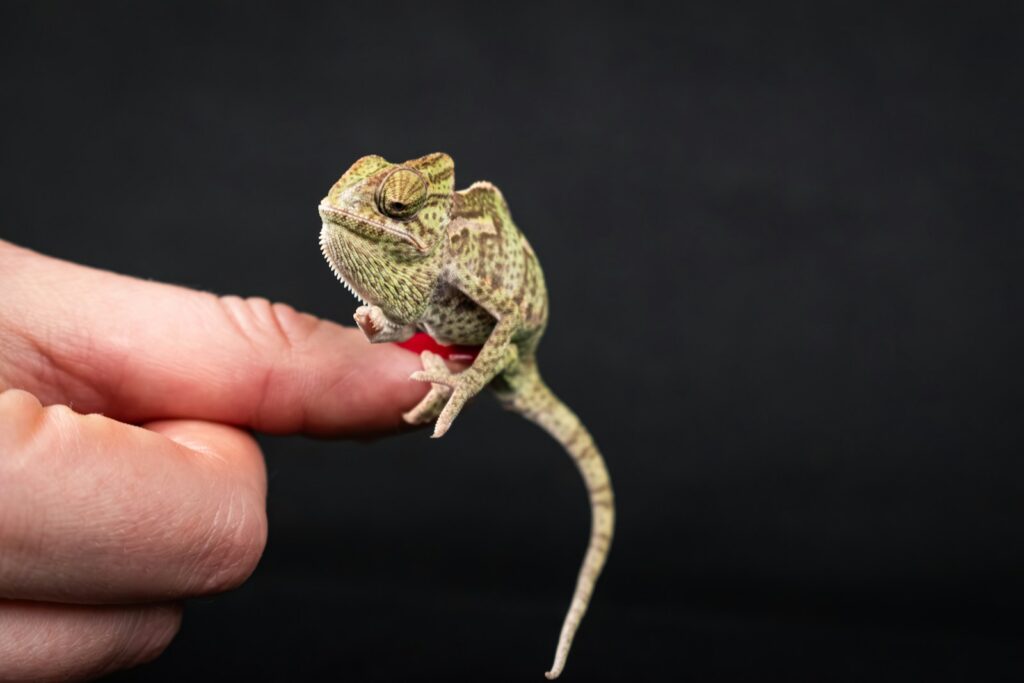
Exotic pet trends typically follow a predictable pattern that ultimately harms animals and ecosystems alike. The cycle begins with exposure, often through viral content or celebrity ownership, creating a spark of interest among consumers previously unfamiliar with the species. This leads to the growth phase, where demand increases rapidly and breeders rush to capitalize on the trend, sometimes cutting corners on ethical breeding practices. At the peak phase, prices often skyrocket as demand outpaces supply, creating incentives for wildlife trafficking and smuggling of protected species. Eventually, reality sets in as new owners encounter the challenges of proper care, leading to the decline phase where surrenders to animal shelters and abandonment rates increase dramatically. Wildlife rehabilitation centers report that this entire cycle can occur in as little as 18-24 months, leaving them to manage the aftermath for years or even decades, depending on the lifespan of the species involved. These predictable patterns reveal how the commercial pet industry and consumer culture treat living creatures as disposable trends rather than long-term commitments.
Species Spotlight: Victims of Recent Pet Fads
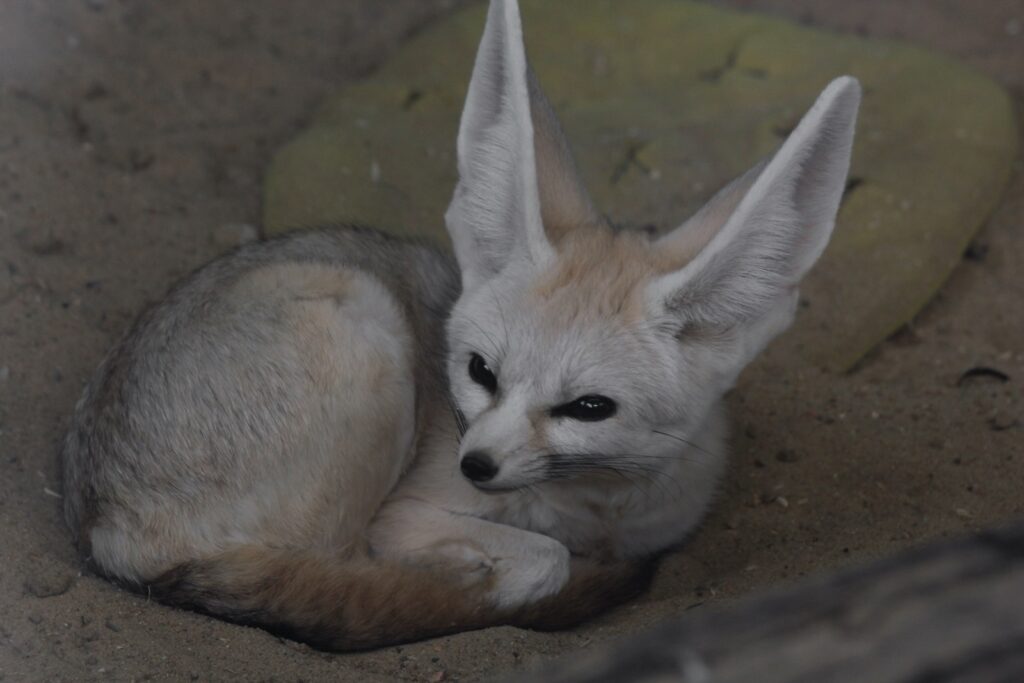
Several species have particularly suffered from their sudden popularity as exotic pets in recent years. Sugar gliders, small marsupials native to Australia and Indonesia, became trendy after videos of them “flying” and being carried in pockets went viral, but rescues now report overwhelming numbers of surrenders due to their specialized diet needs, nocturnal nature, and social requirements. Fennec foxes, known for their oversized ears and desert adaptations, have been marketed as “fox dogs” despite being wild animals that can never be fully domesticated and requiring specialized habitats that mimic their arid native environment. The axolotl, a critically endangered salamander species native to Mexico, became wildly popular on social media platforms for its unique appearance and regenerative abilities, leading to mass breeding operations with little genetic diversity and frequent abandonment when owners discovered their sensitive environmental requirements. Most recently, the raccoon dog (tanuki) has emerged as a concerning trend despite being a potential vector for zoonotic diseases and developing aggressive tendencies as they mature. Each of these species requires expert care that the average pet owner cannot provide, leading to suffering for animals acquired during popularity peaks.
The Unprepared Pet Owner: Knowledge Gaps and Misconceptions
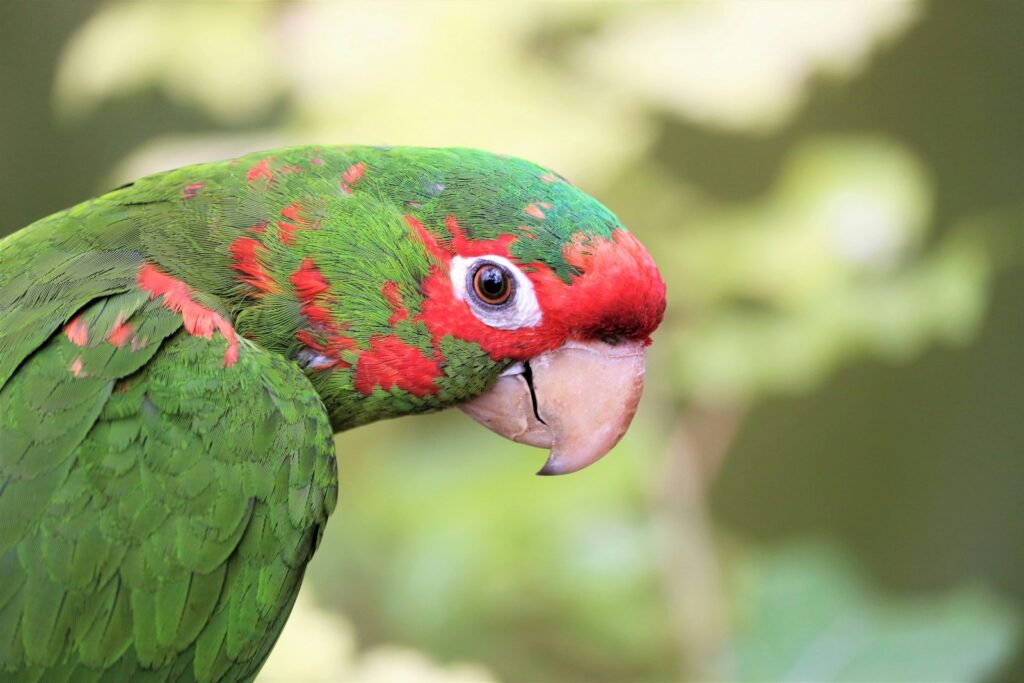
A significant factor in exotic pet abandonment is the vast disconnect between owner expectations and the reality of caring for these animals. Many prospective owners underestimate the financial commitment involved, with specialized diets alone costing hundreds of dollars monthly for some species, not counting the expense of proper enclosures, environmental controls, and exotic animal veterinary care, which can exceed standard pet care costs by 300-400%. Lifespan misconceptions also contribute to abandonment, as animals purchased as “cute babies” may live 15-20 years or more, outlasting owners’ interest or life circumstances. Housing requirements present another challenge, as many exotic species need enclosures that mimic specific environmental conditions, including precise temperature ranges, humidity levels, and specialized lighting that cannot be achieved in average homes. Perhaps most critically, behavior expectations often drive abandonment when owners discover that exotic animals retain wild instincts regardless of being captive-bred, leading to territorial behavior, aggression during breeding seasons, or destructive tendencies that cannot be trained away like domestic pet behaviors.
The Overwhelmed Rescue System

When exotic pet trends decline, animal rescue organizations face overwhelming challenges that strain their resources beyond capacity. Most traditional animal shelters lack the facilities, expertise, and permits needed to care for exotic species, forcing them to turn away surrendered animals or scramble to find specialized sanctuaries that can accommodate them. Exotic animal sanctuaries report operating at 120-150% capacity following pet trend cycles, with some creating waiting lists that stretch months or even years for certain species. The financial burden is equally staggering, with specialized rescues spending an average of $3,000-$7,000 per animal annually for proper care, funds that must be raised entirely through donations as government support for exotic animal welfare remains minimal. Beyond resource constraints, rescues face the emotional toll of working with animals that may never be able to be released to the wild due to being captive-bred or imprinted on humans, yet cannot thrive in captivity without extensive specialized care. This broken system means many abandoned exotic animals face euthanasia or inappropriate placement when proper sanctuary space cannot be found.
Ecological Impacts of Released Exotics
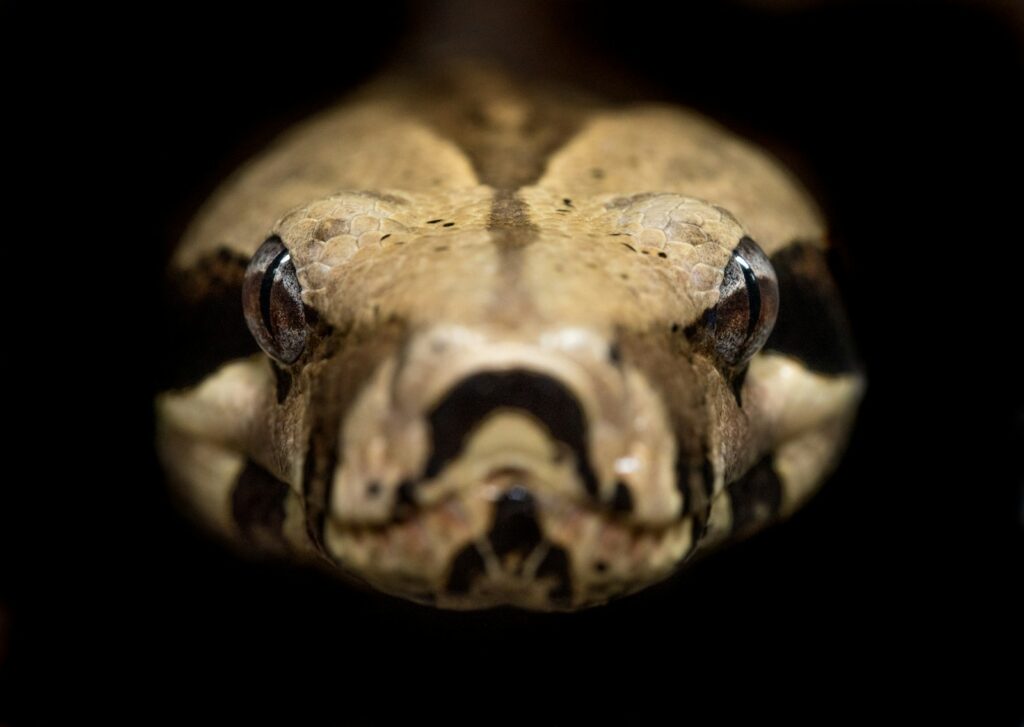
When owners can no longer care for exotic pets, some make the devastating decision to release them into local environments, creating severe ecological consequences that can persist for generations. The Burmese python invasion of the Florida Everglades stands as perhaps the most dramatic example, with released or escaped pet pythons establishing breeding populations that have decimated native wildlife, reducing some mammal populations by over 90% in certain areas. Similarly, released red-eared slider turtles have established invasive populations on every continent except Antarctica, outcompeting native turtle species for resources and introducing novel diseases to local ecosystems. Even small species can cause outsized damage, as witnessed with escaped lionfish from home aquariums establishing devastating invasive populations throughout the Caribbean, where they consume native fish species with no natural predators to control their numbers. Beyond direct competition, exotic pets can introduce pathogens to which native wildlife has no immunity, as demonstrated by the chytrid fungus spread partially through the amphibian pet trade, which has contributed to the extinction or decline of over 200 frog species worldwide.
The Dark Side: Exotic Animal Trafficking and Breeding Practices
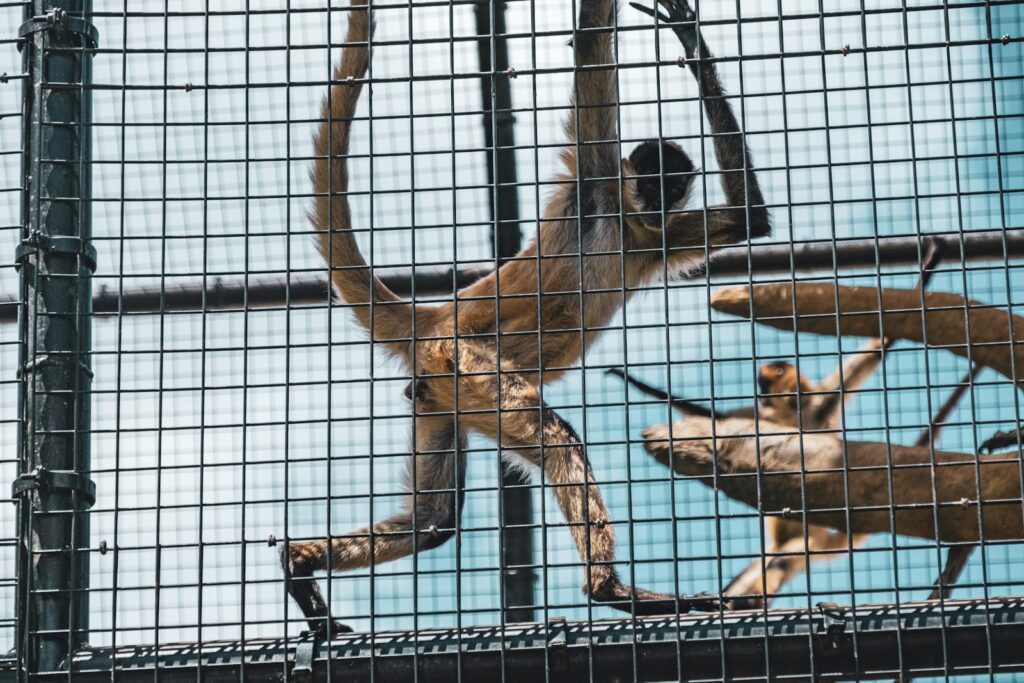
Behind many exotic pet trends lies a shadowy industry of wildlife trafficking and unethical breeding that causes immense suffering. When demand for certain species spikes, legal breeding operations alone cannot meet market demand, creating lucrative opportunities for wildlife smugglers who may capture animals from the wild, often killing multiple adults to obtain desirable juveniles for the pet trade. Even legal breeding operations frequently engage in problematic practices during trend peaks, including inbreeding that causes genetic defects, speed-weaning babies to get them to market faster, and keeping breeding animals in substandard conditions to maximize profits. The exotic pet industry operates with minimal oversight in many regions, allowing breeders to market animals with misleading information about their care requirements and natural behaviors. Investigation reports have documented smugglers using cruel methods to transport animals, including sedating them, confining them in tiny containers without food or water, and accepting high mortality rates as the “cost of doing business” – with some operations considering a 40-50% death rate during transport as economically acceptable given the high prices exotic animals command during trend peaks.
Legal Gaps and Regulatory Challenges
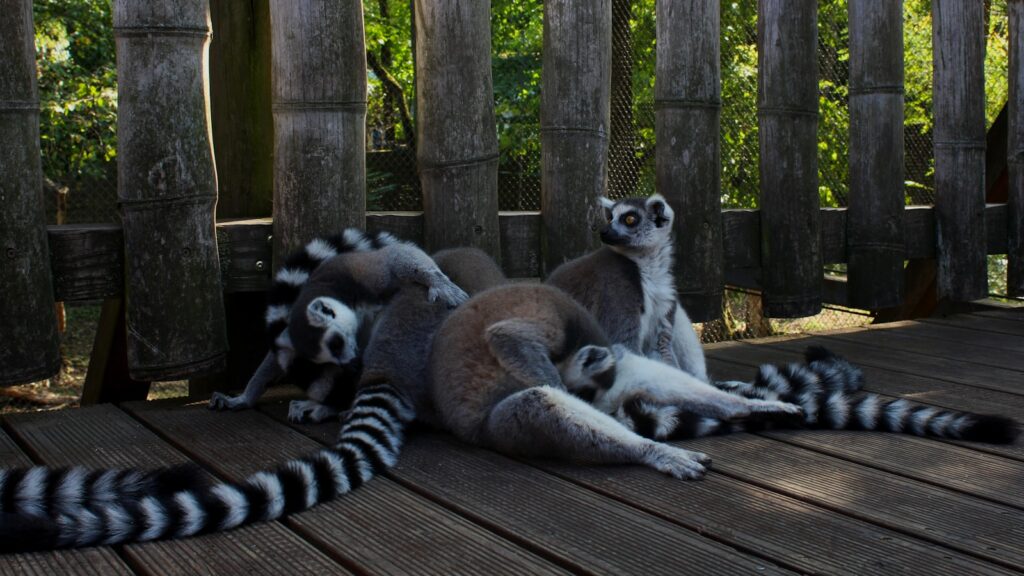
The regulatory framework governing exotic pet ownership varies dramatically across jurisdictions, creating a patchwork of laws that are often inadequate to protect animal welfare and public safety. In the United States alone, exotic animal regulations differ significantly between states, with some allowing virtually unrestricted ownership of dangerous species while others ban even relatively benign exotic pets, creating confusion for owners and enforcement challenges for authorities. International wildlife trade treaties like CITES (Convention on International Trade in Endangered Species) provide some protection for threatened species, but implementation and enforcement remain inconsistent, with many countries lacking the resources to properly monitor wildlife imports and exports. Online marketplaces have further complicated regulatory efforts, allowing sellers to reach buyers across jurisdictional boundaries and obscuring the origin of animals through misleading descriptions or by operating through intermediaries. Perhaps most concerning, animal welfare laws in many regions were written with domesticated species in mind and fail to address the specialized needs of exotic animals, leaving significant gaps that allow suffering to continue legally even when authorities are aware of problematic situations.
The Role of Social Media Platforms and Influencers
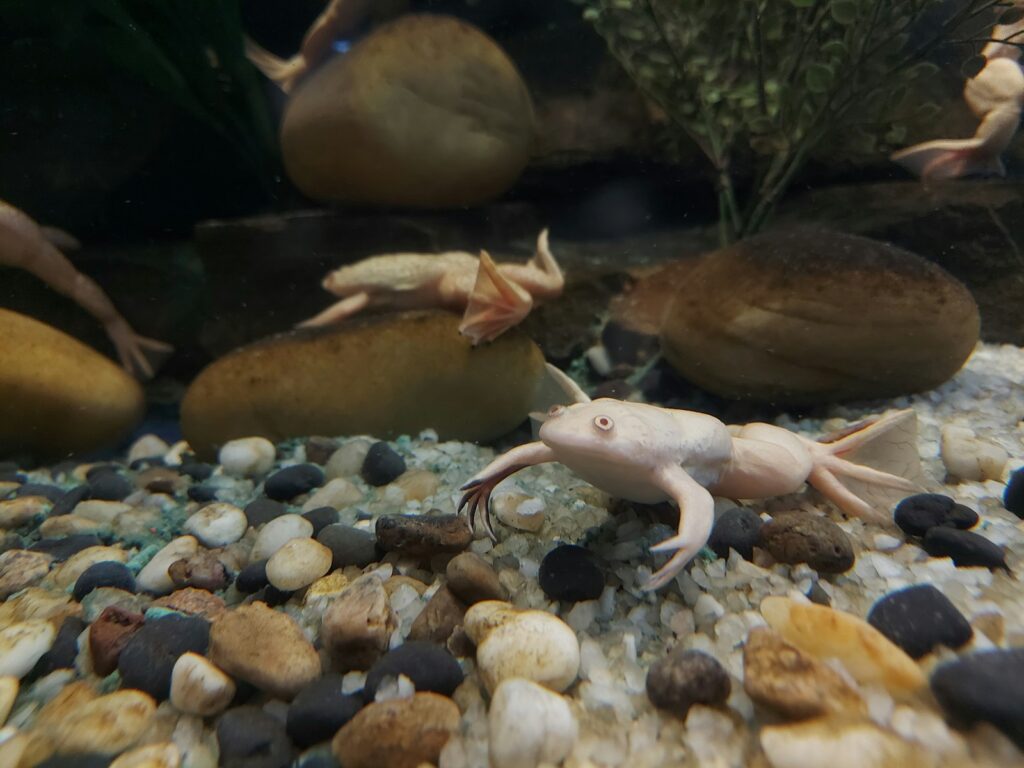
Social media platforms have become powerful accelerants of exotic pet trends through algorithm-driven content promotion that can make niche animals suddenly visible to millions of viewers. Content featuring unusual or exotic pets typically generates high engagement metrics through reactions of surprise or novelty, prompting platforms to promote it further and creating rapid viral spread that can drive demand for previously obscure species. Influencers with large followings bear particular responsibility in this ecosystem, as their showcasing of exotic pets often omits the challenging realities of proper care while emphasizing cute behaviors or unusual appearances that appeal to viewers. Research has documented direct correlations between viral videos featuring specific exotic species and subsequent spikes in Google searches for “buy [species],” demonstrating the direct link between social content and consumer behavior. While some platforms have implemented policies against trading endangered species or promoting animal abuse, content glorifying inappropriate exotic pet ownership often remains unmoderated as it falls into gray areas not explicitly addressed by platform guidelines, allowing harmful messaging to continue reaching impressionable audiences who may act on impulse without understanding the long-term consequences.
Consumer Education and Responsible Ownership

Addressing the exotic pet crisis requires fundamental changes in how potential owners approach the decision to acquire unusual animals. Responsible ownership begins with extensive research conducted through legitimate sources including zoological institutions, scientific literature, and established exotic animal sanctuaries rather than pet stores or breeders who have financial incentives to downplay care challenges. Prospective owners should calculate the total lifetime cost of the animal, including specialized housing, diet, environmental controls, and veterinary care, which can exceed $50,000 for long-lived species like parrots or certain reptiles. Ethical ownership also involves securing appropriate permits, finding exotic-specialized veterinarians before purchase, and developing contingency plans for the animal’s care in case of owner illness, relocation, or other life changes. Perhaps most importantly, potential owners should honestly assess whether their motivation stems from the animal’s Instagram potential or genuine interest in providing appropriate care for its entire natural lifespan, recognizing that most exotic species remain fundamentally wild and will never display the companion behaviors people expect from domesticated pets like cats and dogs.
Sanctuary and Rehabilitation Approaches

Wildlife sanctuaries and rehabilitation centers have developed specialized approaches to address the unique challenges presented by formerly captive exotic animals. Professional sanctuaries focus on physical rehabilitation through specialized nutrition to address metabolic bone disease and other conditions resulting from improper diet in captivity, often requiring months or years of careful dietary management to correct. Behavioral rehabilitation presents even greater challenges, as many exotics develop stereotypic behaviors (repetitive movements indicating psychological distress) during unsuitable captivity that require environmental enrichment and sometimes specialized animal behavior therapy to address. For social species kept in isolation, sanctuaries must carefully introduce them to conspecifics, a process that can take years, as animals lacking proper socialization may never have learned species-appropriate communication. The most successful sanctuary models incorporate education components that allow the public to learn about these animals in appropriate settings without perpetuating the exotic pet trade, often through distance viewing or guided educational experiences rather than direct contact that can reinforce problematic messages about wild animals as pets. Through these comprehensive approaches, sanctuaries not only provide care for individual animals but also serve as living examples of both the problems with the exotic pet trade and potential solutions.
Breaking the Cycle: Sustainable Solutions
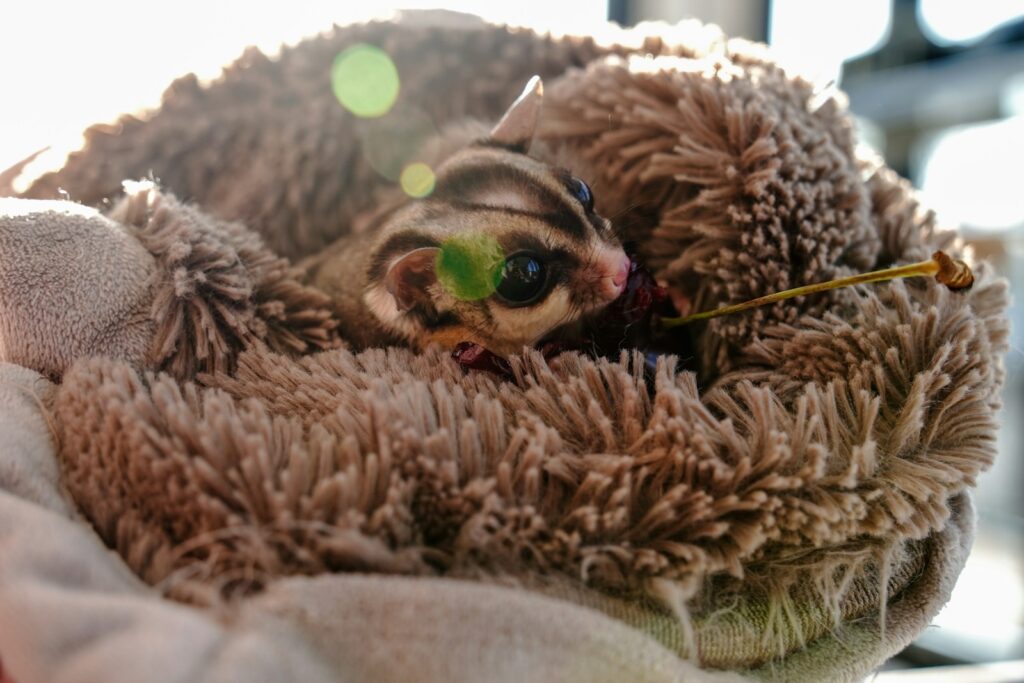
Addressing the exotic pet fad cycle requires coordinated efforts across multiple domains to create lasting change in how society views and treats these animals. Legislative approaches show promise when they focus on positive listing systems (where only approved species can be kept as pets) rather than negative listing (where all species are allowed unless specifically prohibited), with Australia’s strict exotic animal import regulations demonstrating how effective such systems can be at preventing wildlife trafficking and inappropriate ownership. Technology platforms can contribute by developing and enforcing stronger policies against content that promotes inappropriate exotic pet ownership, perhaps partnering with wildlife organizations to identify problematic trends before they gain momentum. Educational institutions play a crucial role by incorporating ethical wildlife interaction principles into science and biology curricula, teaching students from an early age about the importance of appreciating wild animals in appropriate contexts. Perhaps most promising are community-based solutions like exotic pet amnesty programs, which allow owners to surrender animals without legal penalties or judgment, connecting unwanted exotic pets with qualified sanctuaries and preventing both animal suffering and potential ecological harm from releases. By addressing the issue from multiple angles simultaneously, there is real potential to disrupt the harmful cycle of exotic pet fads.
Conclusion
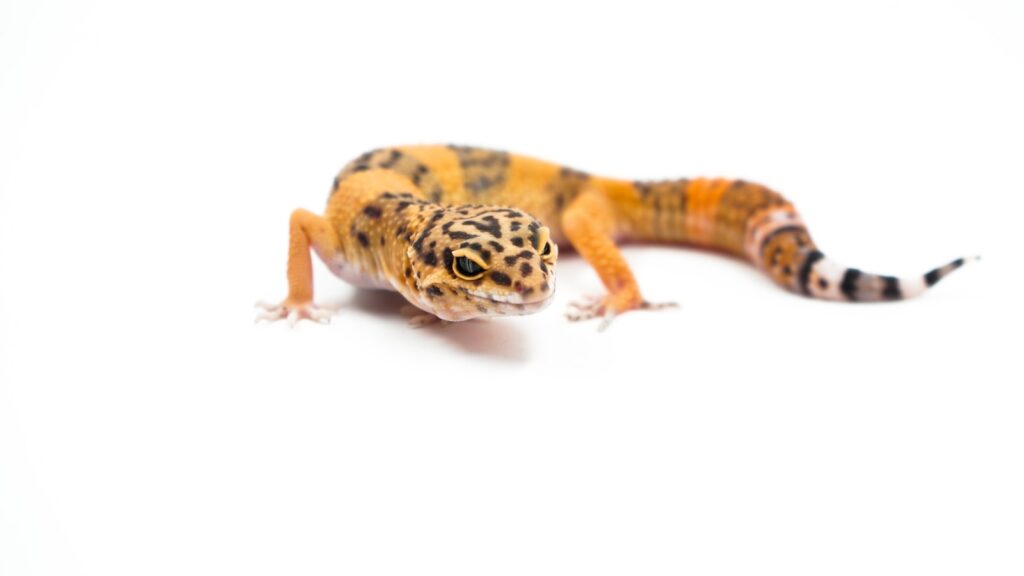
The cycle of exotic pet fads represents a complex intersection of human psychology, consumer culture, media influence, and animal welfare with far-reaching consequences for individual animals, ecosystems, and society. What begins as an innocent fascination with unusual creatures too often ends in suffering for animals whose natural needs cannot be met in captivity, particularly when acquired by unprepared owners following temporary trends. Breaking this destructive cycle requires acknowledging that most exotic animals, regardless of being captive-bred, retain wild needs that make them fundamentally unsuitable as pets. Through stronger regulations, improved education, responsible media practices, and support for rehabilitation efforts, we can move toward a more ethical relationship with wildlife – one based on respect and stewardship rather than possession. By reframing our appreciation for exotic animals from ownership to conservation, we can satisfy our natural fascination with these remarkable creatures without perpetuating the suffering caused by treating living beings as passing fads.

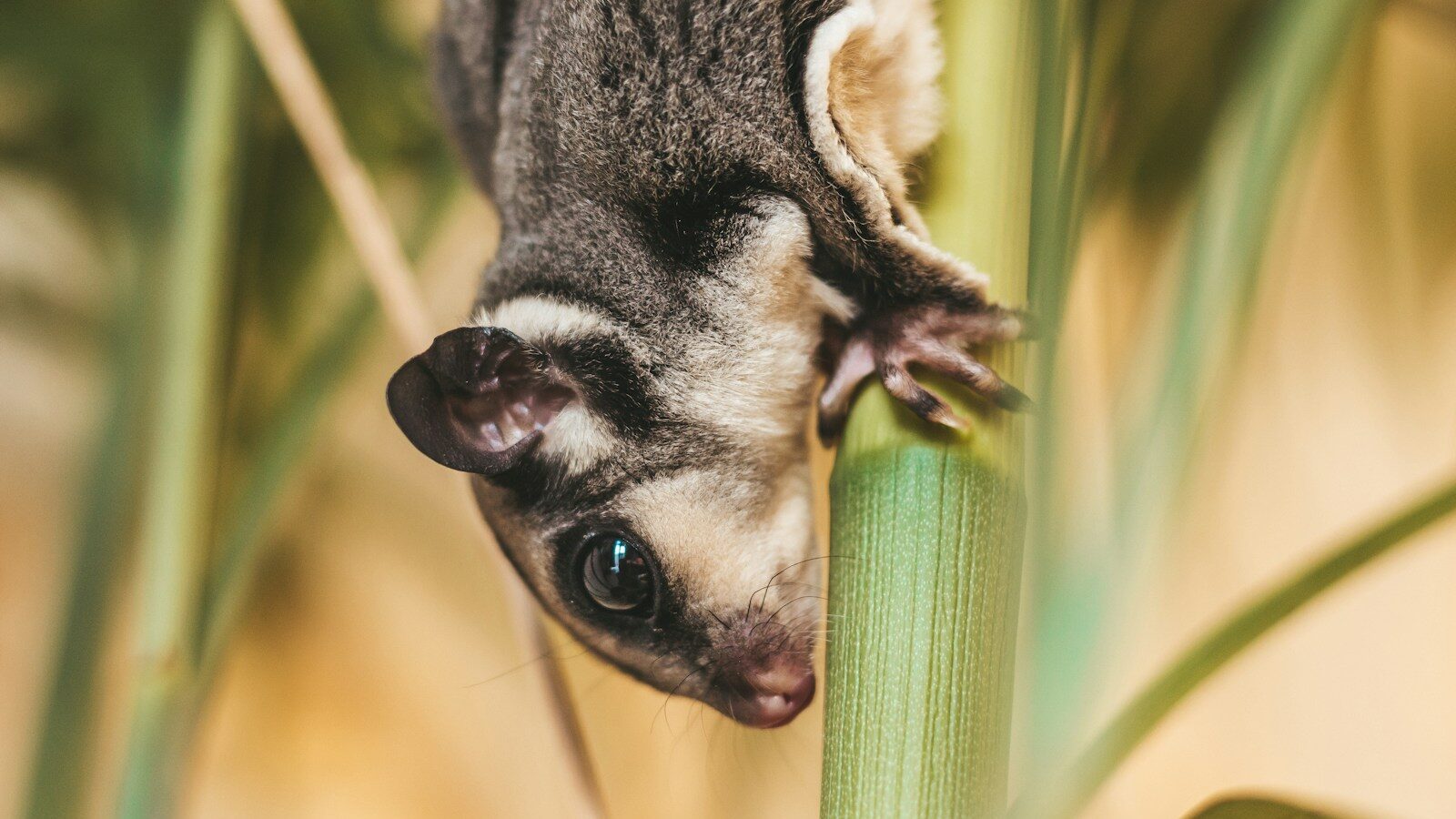

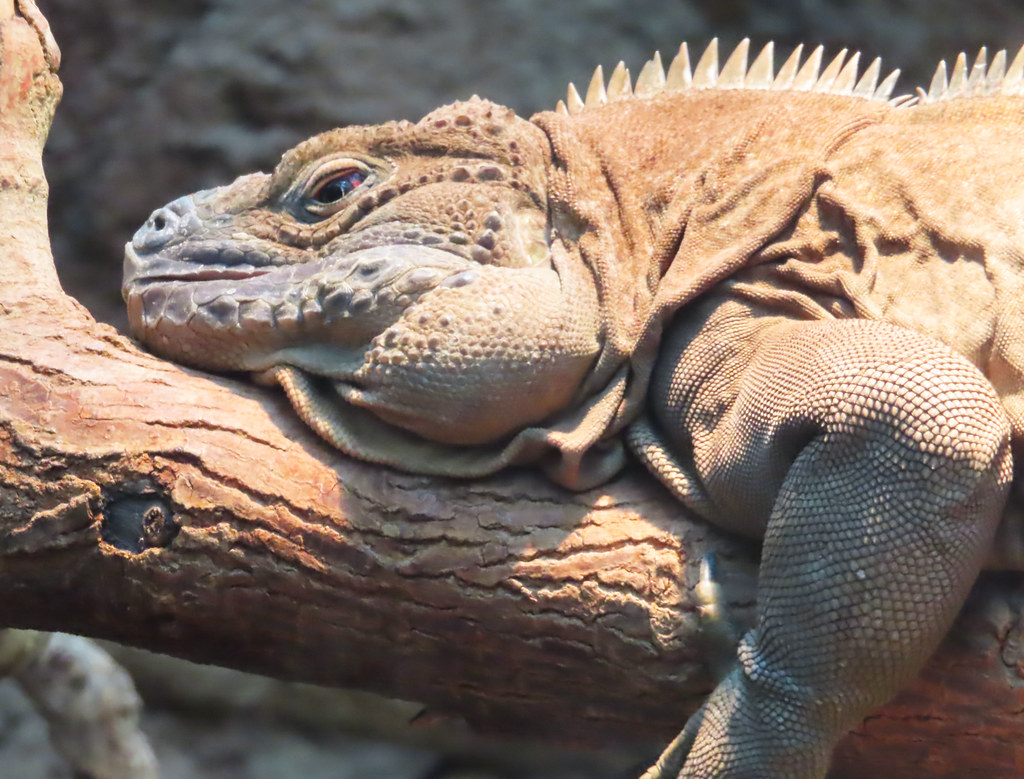
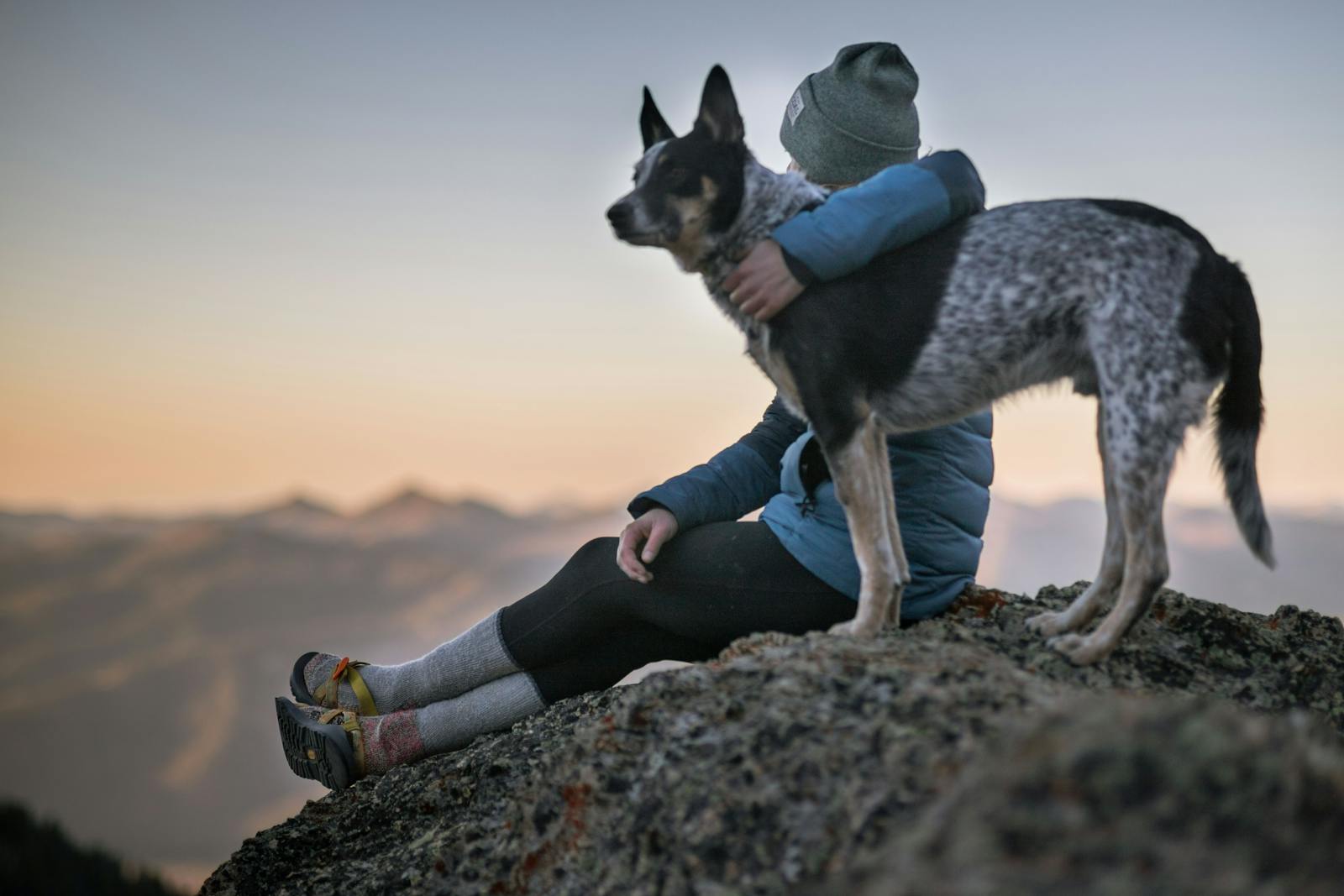

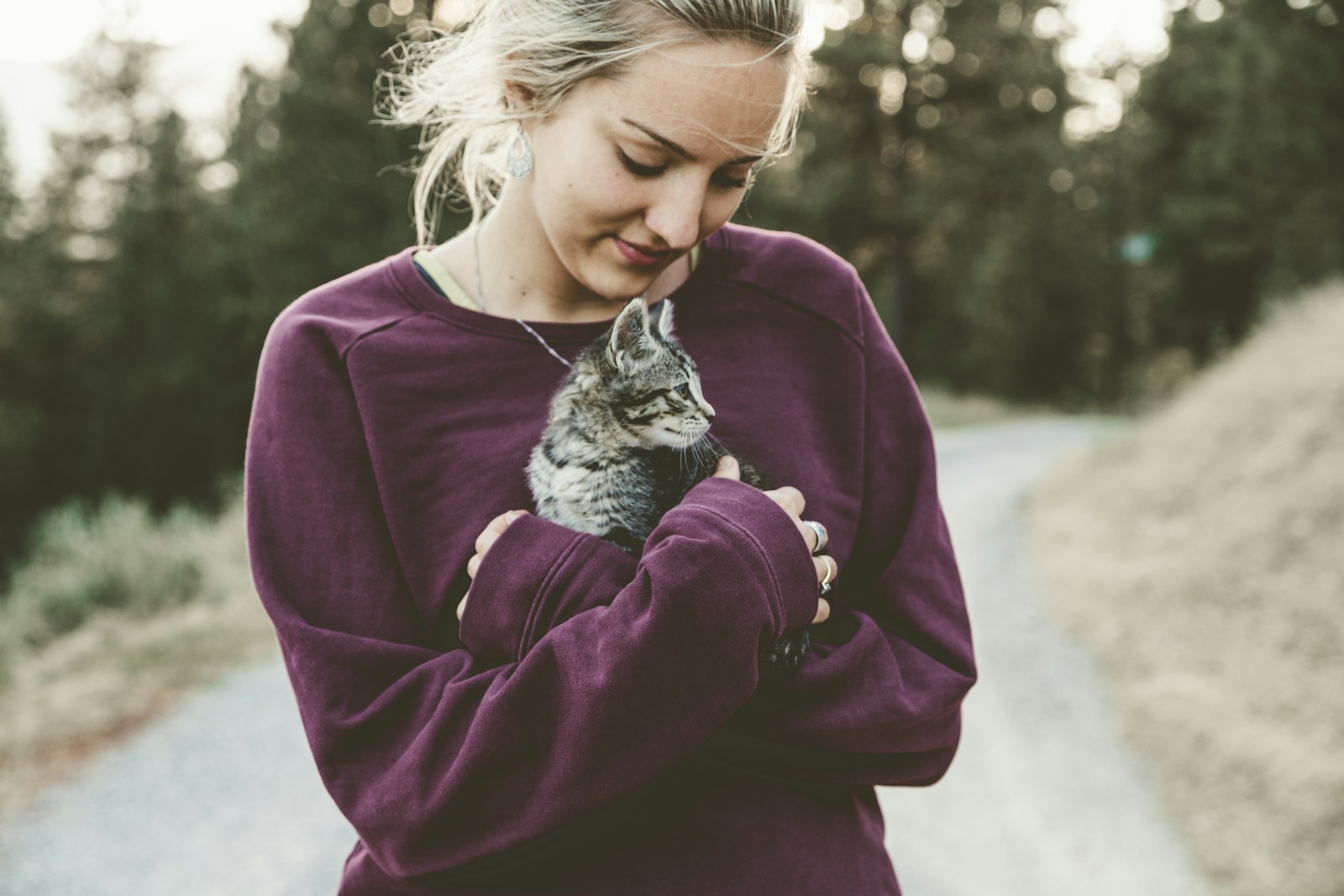



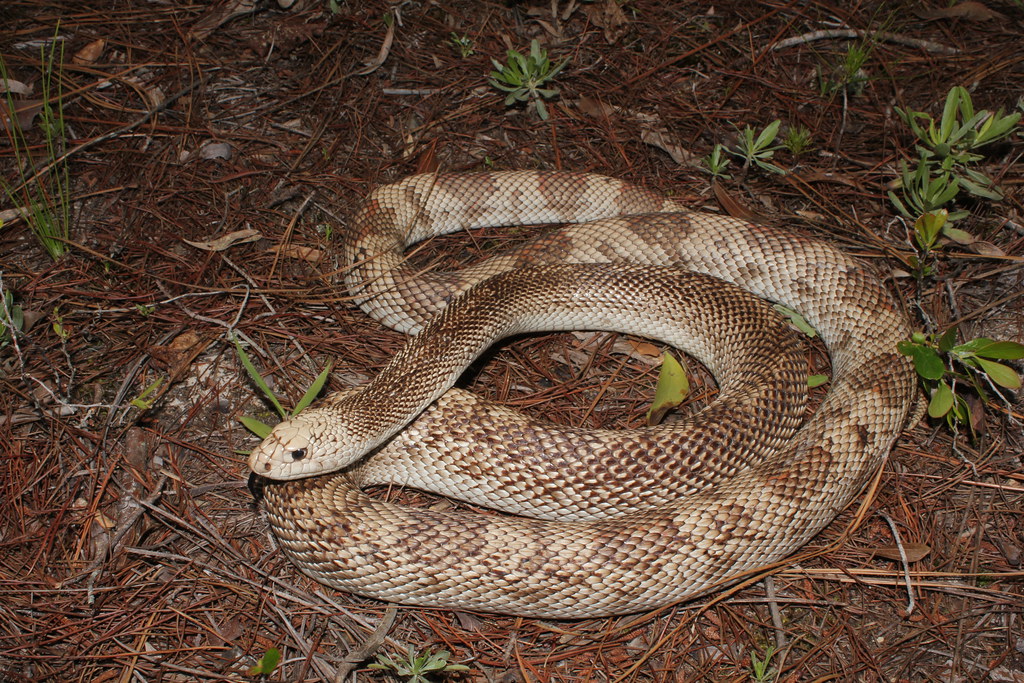





Leave a Reply